Top Calorie Burning Workouts for Strength Training

Calorie burning is a fundamental process in our bodies where energy from food is converted into usable energy. Our bodies constantly burn calories to maintain basic functions like breathing, circulating blood, and repairing cells. One way we burn calories is through exercise, and strength training is an excellent example of this.
Beginner Calorie Burning Workout
Who should do it? Beginners new to exercise or seeking a structured strength training routine.
Total Calories Burned: Approximately 150-300 calories in a 30-minute session, but this varies.

Frequency: Aim for 2-3 sessions per week, allowing at least one day of rest between sessions to allow muscles to recover.
Bodyweight Squats:
Equipment: None (bodyweight only)
How to do it:
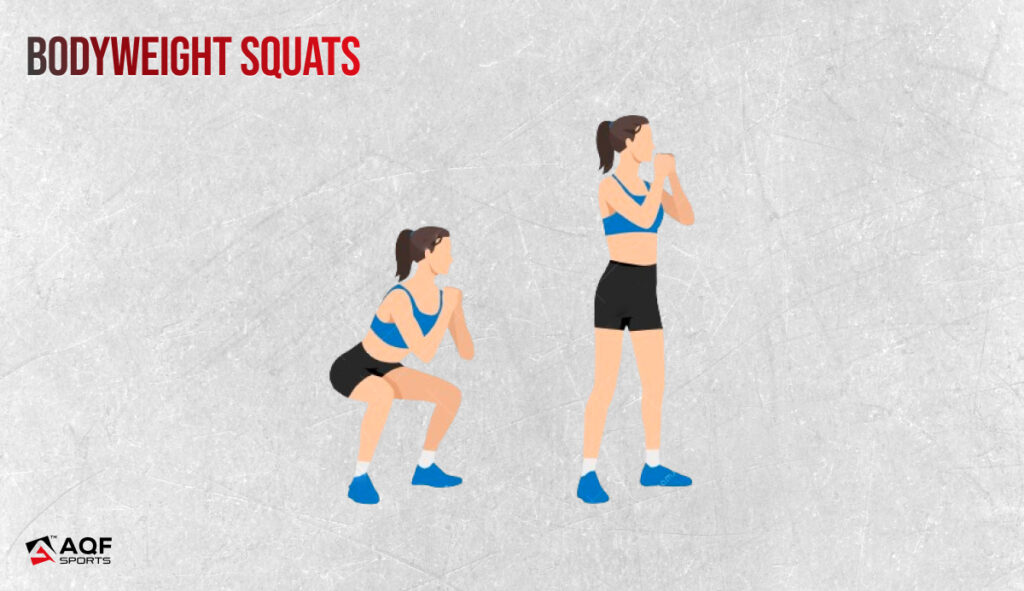
- Stand with feet shoulder-width apart.
- Lower your body by bending your knees and hips, as if sitting back into an imaginary chair.
- Keep your back straight and chest up.
- Aim for 2 sets of 12-15 repetitions.
Calorie Burn: Approximately 5-8 calories per minute.
Push-Ups:
Equipment: None (bodyweight only)
How to do it:
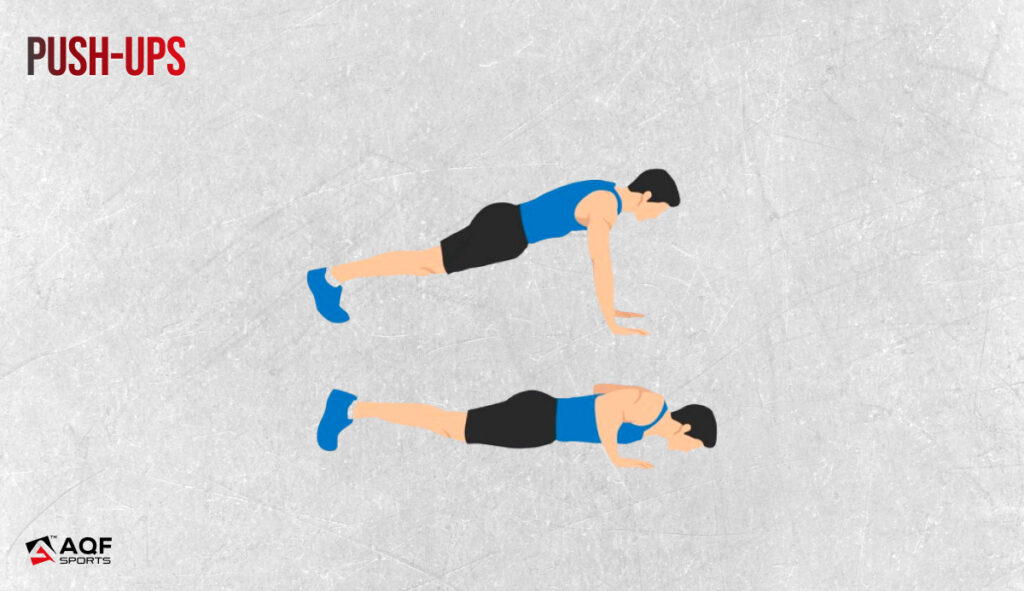
- Start in a plank position with hands slightly wider than shoulder-width apart.
- Lower your body by bending your elbows until your chest nearly touches the floor.
- Push back up to the starting position.
- Aim for 2 sets of 8-12 repetitions.
Calorie Burn: Approximately 6-10 calories per minute.
Dumbbell Lunges:
Equipment: Dumbbells (or use bodyweight)
How to do it:
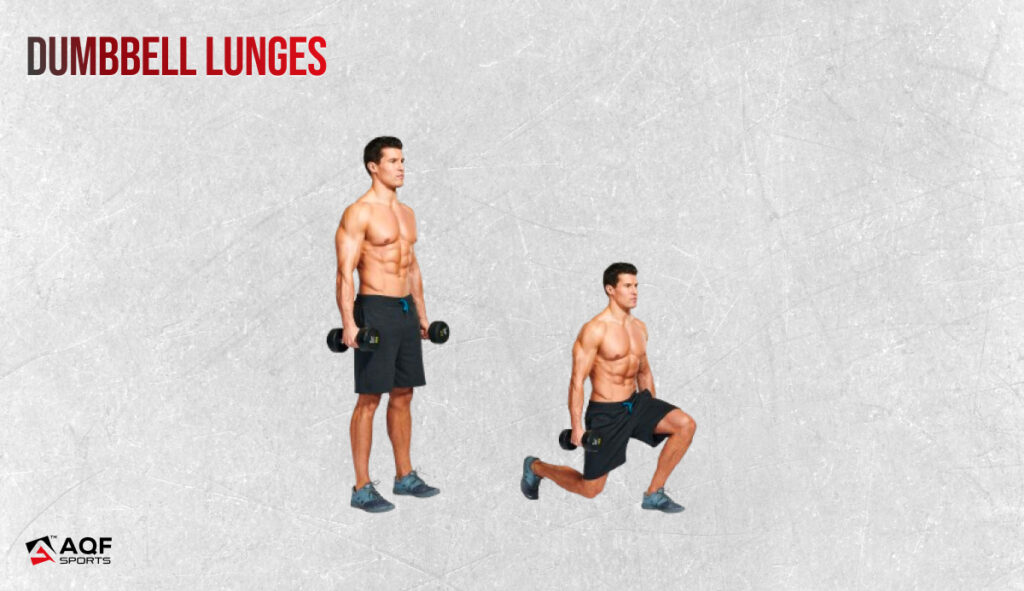
- Hold a dumbbell in each hand by your sides.
- Step forward with one leg and lower your body until both knees are bent at a 90-degree angle.
- Push back up to the starting position and switch legs.
- Aim for 2 sets of 10-12 repetitions per leg.
Calorie Burn: Approximately 6-9 calories per minute.
Dumbbell Rows:
Equipment: Dumbbells
How to do it:

- Hold a dumbbell in each hand, hinge forward at the hips with a straight back.
- Pull the dumbbells up toward your chest, keeping elbows close to the body.
- Lower the dumbbells back down in a controlled manner.
- Aim for 2 sets of 10-12 repetitions per arm.
Calorie Burn: Approximately 5-8 calories per minute.
Plank:
Equipment: None (bodyweight only)
How to do it:
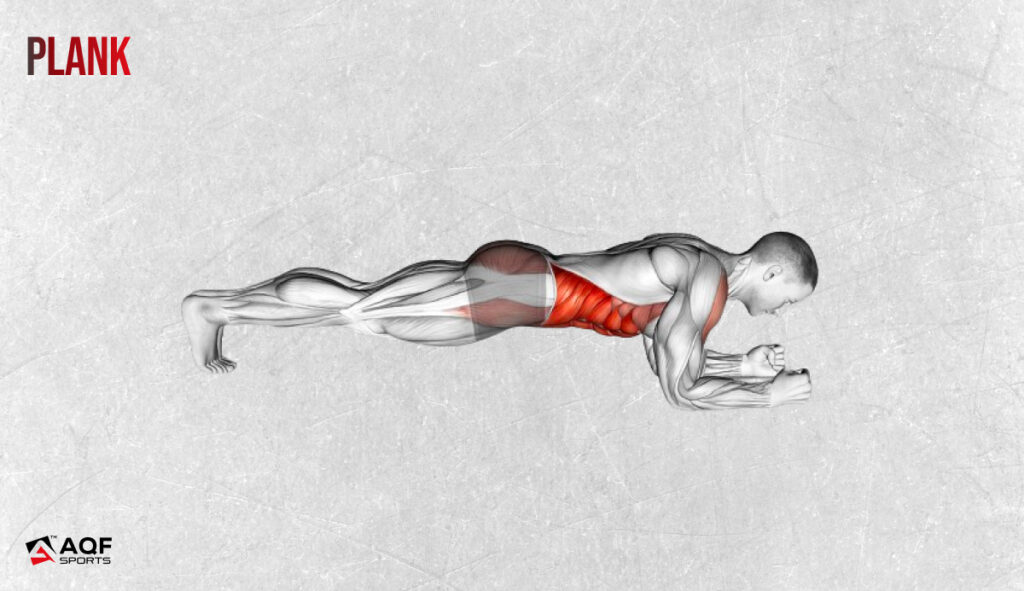
- Start in a push-up position, but with your weight on your forearms instead of hands.
- Keep your body in a straight line from head to heels, engaging your core.
- Hold this position for 20-30 seconds, gradually increasing duration as you progress.
Calorie Burn: Approximately 3-5 calories per minute.
Advanced Calorie Burning Workout
Who should do it? Individuals with prior strength training experience looking for a more intense workout to boost calorie burn and strength.
Total Calories Burned: Around 300-500 calories in a 30-minute session, but this can vary based on intensity and exercises.
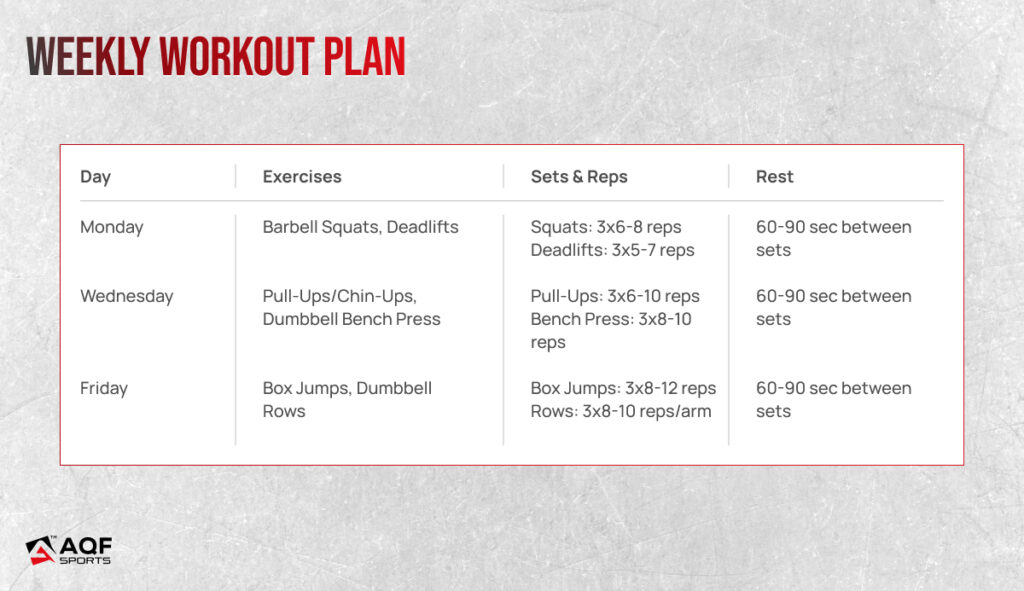
Frequency: Aim for 3-4 sessions per week with at least one day of rest between sessions for muscle recovery. Increase weights or intensity as you progress for continued challenge and calorie burning.
Barbell Squats:
Equipment: Barbell, squat rack. Wear a weightlifting belt and wrist straps for better posture.
How to do it:

- Position the barbell on your upper back and shoulders.
- Stand with feet slightly wider than shoulder-width apart.
- Lower into a squat by bending knees and hips, keeping your back straight.
- Push through heels to return to the starting position.
- Repetitions: Aim for 3 sets of 6-8 repetitions.
Calorie Burn: Approximately 8-12 calories per minute.
Deadlifts:
Equipment: Barbell, weight plates
How to do it:
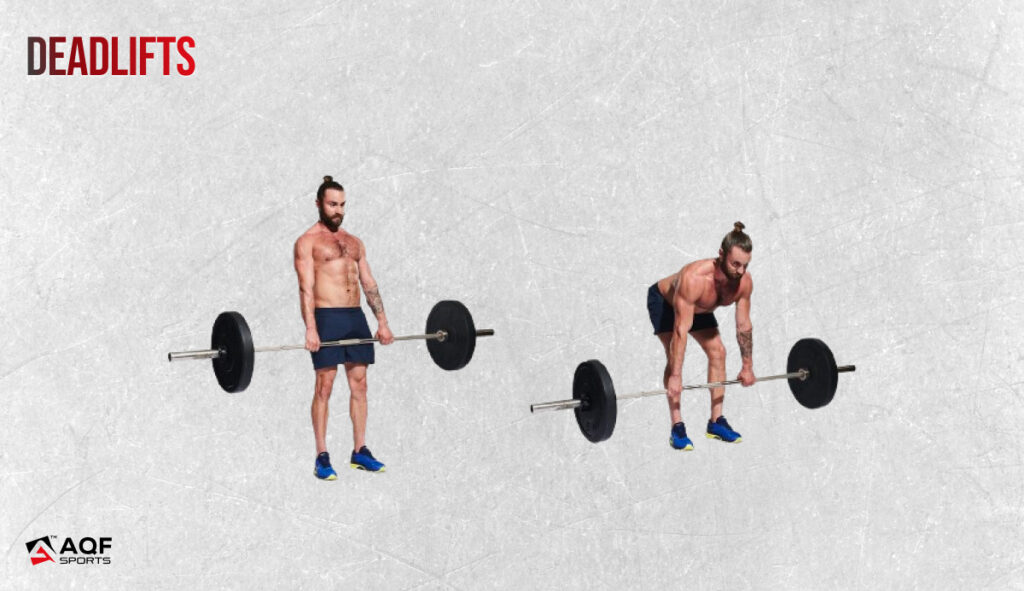
- Stand with feet hip-width apart, barbell on the floor in front of you.
- Hinge at the hips and knees, keeping your back flat, to lift the barbell.
- Straighten your back and extend hips until standing tall.
- Lower the barbell back to the floor with controlled movement.
- Repetitions: Aim for 3 sets of 5-7 repetitions.
Calorie Burn: Approximately 7-11 calories per minute.
Pull-Ups/Chin-Ups:
Equipment: Pull-up bar
How to do it:

- Grip the bar with palms facing away (pull-ups) or towards you (chin-ups).
- Pull your body up until your chin is above the bar.
- Lower yourself back down with control.
- Repetitions: Aim for 3 sets of 6-10 repetitions.
Calorie Burn: Approximately 7-10 calories per minute.
Dumbbell Bench Press:
Equipment: Dumbbells, bench
How to do it:

- Lie on a flat bench, holding dumbbells directly above your chest.
- Lower the dumbbells until elbows are at a 90-degree angle.
- Push the dumbbells back up to the starting position.
- Repetitions: Aim for 3 sets of 8-10 repetitions.
Calorie Burn: Approximately 6-9 calories per minute.
Box Jumps:
Equipment: Box or sturdy elevated platform
How to do it:
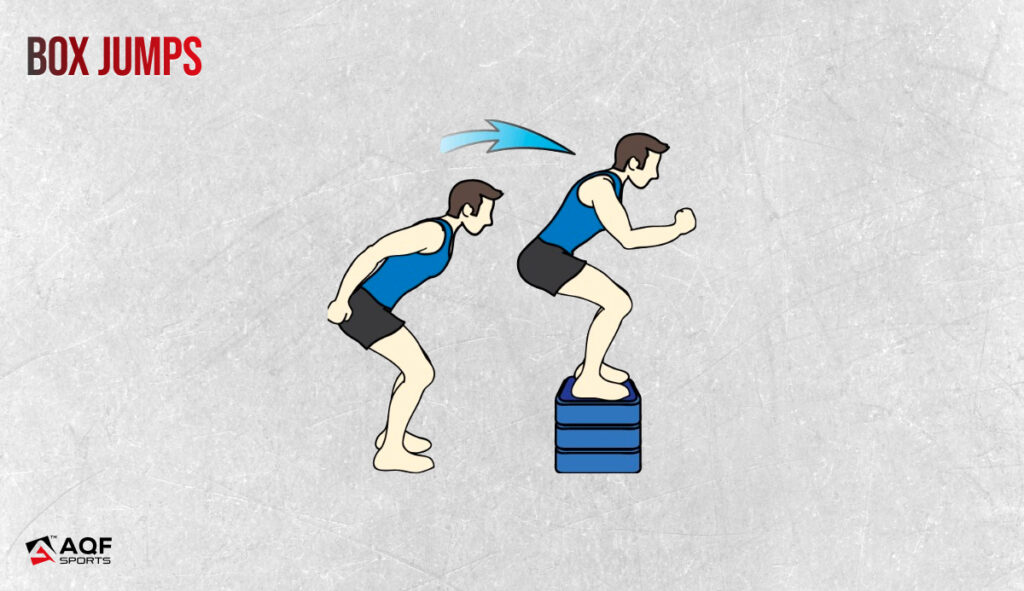
- Stand in front of the box with feet shoulder-width apart.
- Jump onto the box, landing softly with both feet.
- Step or jump back down and repeat.
- Repetitions: Aim for 3 sets of 8-12 repetitions.
Calorie Burn: Approximately 10-14 calories per minute.
Frequency: Perform this advanced workout routine 3-4 times per week, allowing at least one day of rest between sessions for muscle recovery.
How does Strength Training Burn Calories?
Strength training often involves high-intensity workouts that push your body to its limits. These workouts require significant energy expenditure, leading to a higher calorie burn during the exercise session itself. Strength training uses resistance to build muscle mass, which in turn burns calories in several ways:
Increased Muscle Mass:
Moreover, research from the American Journal of Clinical Nutrition indicates that regular strength training positively influences body composition and metabolism. Participants who engaged in consistent resistance training experienced reductions in body fat and an increase in muscle mass. This change in body composition contributed to a higher daily energy expenditure, aiding in weight management and overall calorie burning [source].
Suggested Read: How Diet and Exercise Work Together for Lasting Health and Weight
Afterburn Effect (EPOC):
Another study in the European Journal of Applied Physiology found that high-intensity resistance training can lead to a substantial post-exercise energy expenditure. This phenomenon, known as excess post-exercise oxygen consumption (EPOC), resulted in participants burning additional calories for hours after the workout as the body worked to recover and repair muscle tissue [Source].
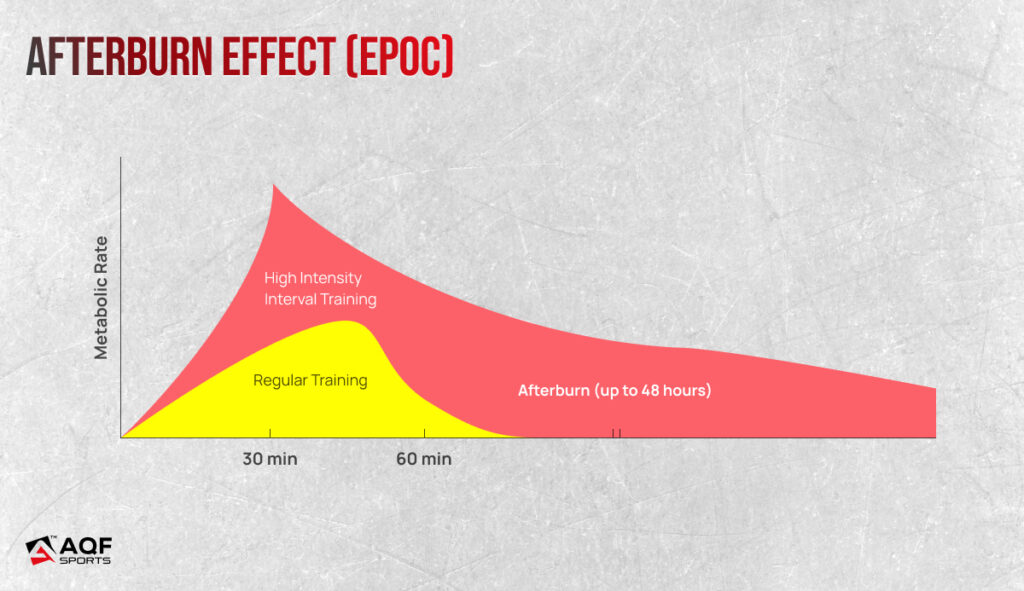
Faster Metabolism:
Strength training can lead to long-term metabolic improvements. As you build muscle, your metabolism becomes more efficient, which means you burn more calories even during periods of rest. A study reported that resistance training significantly increases resting metabolic rate. Over time, as participants engaged in a 12-week resistance training program, their resting metabolic rate increased due to the development of lean muscle mass. This increase in muscle mass led to a higher calorie burn at rest [source].
The Bottomline
Strength training calorie burning workouts boost your metabolism, build muscle mass, and induce an afterburn effect. It’s an effective way to not only burn calories during the workout but also to increase your body’s calorie-burning potential in the long run.
Discover More Topics






